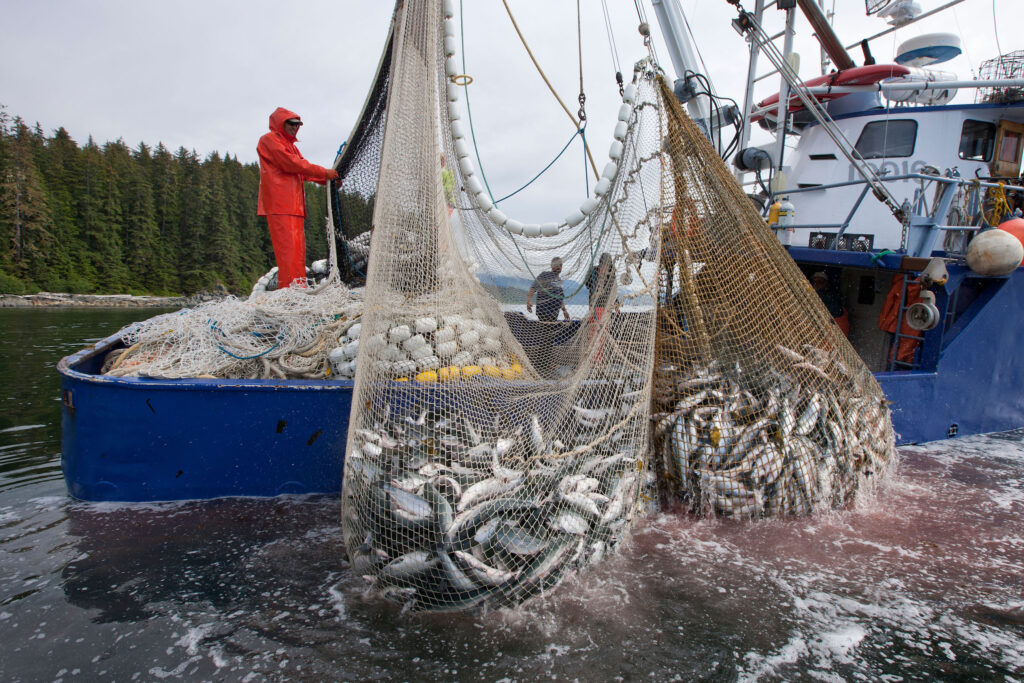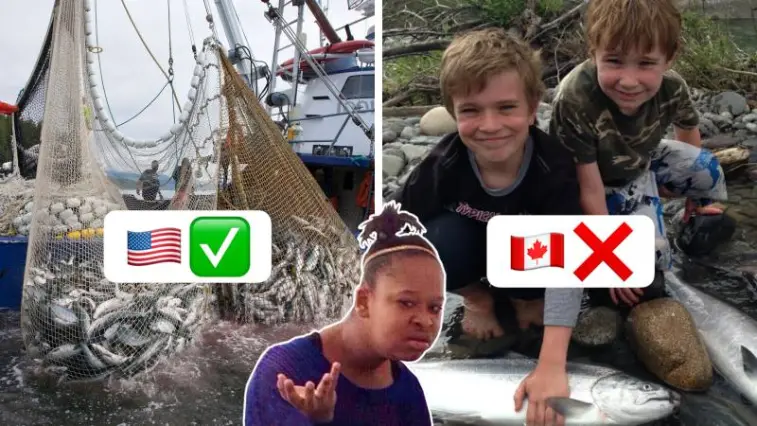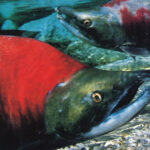The bad news dropped the day after the long weekend and hit local Skeena fishermen like a Hecate squall. For the second time in as many years DFO announced the closure of the Skeena River recreational Chinook fishery.
DFO is also considering closures on other North Coast river systems and reductions in marine fisheries. Forecast returns won’t meet the conservation threshold on any rivers except the Kitimat and the Nass, and people who depend on wild salmon are looking for answers.
But it’s a different story just to the north of us.
The Southeast Alaskan troll fleet is gushing over expanded opportunities. In February, based on how fishermen were faring during the winter fishery, the Alaska Department of Fish and Game expanded the allowable catch to 261,300 Chinook – about 60,000 more than last year.
While B.C. coast fisheries close or are curtailed, Alaska is getting set for another year of record profits. What most people don’t know is that almost none of the Chinook caught in Southeast Alaska actually come from Alaska.
Stock reporting conducted by Alaska’s Department of Fish and Game show the overwhelming majority of Southeast Alaska catch “originate in the big river systems in Oregon, Washington and British Columbia.”

Those populations school together in the North Pacific. The Pacific Salmon Treaty allows for each country to target a certain amount of each other’s fish as they swim home. The estimate of overall abundance as predicted by the performance of Alaska’s winter fishery is what their regulators use to justify an increase in the Chinook catch.
However, an in-depth review of available harvest data conducted by B.C.’s Marine Conservation Caucus show Alaska’s use of a winter troll fishery to predict spring abundance does not take into account its dire impact on declining Canadian runs. It’s a problem compounded by the fact that Alaska fishers are not required to report on their mostly Canadian bycatch, which could be anything from Fraser Sockeye to Thompson Steelhead. What we do know is that the rising Chinook catch in Southeast Alaska mirrors the decline in Central-Coast rivers. And Canadian fishing communities are paying the price.
“If you look at the world through the lens of the treaty, they are abiding by the treaty. A treaty they have a veto over,” said veteran fisheries expert Greg Taylor who reviewed catch data from Alaska, the Pacific Salmon Commission and DFO on behalf of SkeenaWild and Watershed Watch. But “if you look at it from a conservation point of view, they’re fishing our populations to the point where there is little or no harvest room left for BC’s recreational or commercial fishers to catch a wild chinook salmon”.
This conclusion led Watershed Watch and SkeenaWild to team up and launch “Alaska’s Dirty Secret.” The goal is to shine a light on Alaska’s ‘sustainable’ brand.’ Watch the trailer here.
“Alaskans are friends and neighbors. They may not realize the devastating impact interceptions are having on Skeena people and the economy.” “We’re not asking them to stop fishing, we’re just asking them to move the District 104 Fishery to inside waters so more of our Sockeye, Pink, and Chum make it home and manage their Chinook fisheries to ensure that sufficient Canadian fish escape,” stated Greg Knox, executive director of SkeenaWild.
David Mills, Wild Salmon campaigner with Watershed Watch acknowledged that Alaska aside, wild salmon face myriad problems. ”Beginning with historical overharvesting, through B.C.’s decision to welcome salmon farms and ignore terrible logging practices, onto contemporary threats like climate change,” he said.
But Mills says “Southeast Alaska Interception fisheries are limiting our ability to recover our wild Chinook populations” while B.C. politicians like John Horgan and Joyce Murray appear totally indifferent.”
“We need to wake them up so they can take this up with their Alaskan counterparts before it’s too late.”







